As play continues and you build hands of 10 or more cards in a game like AQUATICA or ASCENSION, it can be tough to remember all the resources you’re collecting without any physical components. True, it would be a pain to collect tokens when their purpose is turning them all in on the same turn anyways, and specific genres do limit the number of components used to signify resources, forcing players to keep track of them in their heads. “Deck-builders” and their cousin, “hand-builders,” are the most prominent genre to use these kinds of nonexistent currencies. 7 WONDERS is an excellent example of a game where building a stone or wood does not get you a token like many other games. That stone or wood instead is abstracted out, constantly producing that resource instead of generating tokens, and it can take some getting used to.
I once thought two-player closed drafting—where players are dealt cards, pick one or two, then pass the rest to restart the process until all are taken—was impossible. 7 WONDERS adds a dummy player controlled on alternating turns to try to make a two-player mode work, but it results in a cumbersome, slow experience. The most recent edition of the game completely removed this variant and can only be played with more than three people, while the DUEL version changed the gameplay entirely; now players go back and forth picking from a shared pool in an open draft rather than exchanging hands.
Much to my surprise, CAPER: EUROPE made this seemingly impossible genre sing, with an appealing theme, a tense closed economy, and agonizing choices at every turn. Playing it for the first time left me dumbfounded at how nobody had made a game like it. I only truly realized its greatness when I played the original CAPER and found it lacking; it was not that the graphic design or various icons had changed, it had to do with how much of the game was abstracted out and needed to be tracked, turn after turn. Using components to track loot and area control elevates EUROPE over the original by adding to the theme, interaction, and readability in what amounts to a tightly contested duel.
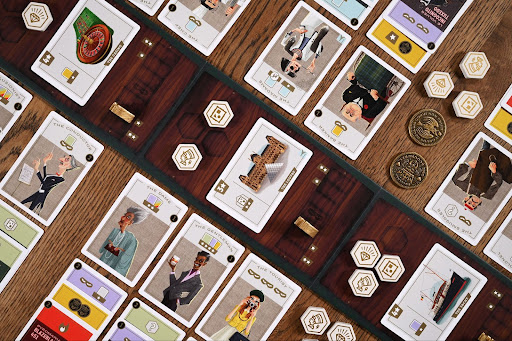
The theme is the most primordial reason the components are an excellent addition. While mechanically it’s a drafting game, thematically, CAPER is about sending thieves to exotic locations, equipping them with the best supplies, and, most importantly, stealing precious cargo. In the original, you played a card with a loot symbol, then you would add up the loot you had at the end for final scoring. It was more functional than other aspects of the game, but it could have been more satisfying. Call me superficial, but it’s much more engrossing to take an actual token from a location and stash it in your area than play a card and do nothing else.
Loot was not tied to places in the previous game. It was thematically dissonant, and the decision space was also smaller. You played a thief anywhere with no regard for location and it gained the corresponding symbol on the card. Consequently, it was near impossible to parse out where it was placed. Now, loot tokens are placed at each location at the beginning of EUROPE. Thieves specializing in a loot type must be placed at a site with the corresponding painting, diamond, or statue. Figuring out where and how the opponent might gain the last piece to finish their set and trying to react to their moves is now a massive highlight of the game. New opportunities for counterplay, predictions, and out-maneuvering are welcome regardless of the game.
The other new component, a tug-of-war marker, helps keep the bookkeeping minimal. As a former math tutor, there’s nothing wrong with math, but the original CAPER required recounting after nearly every turn. In the game, players fight for control over three locations, handled by counting up icons; whoever has the most icons owns a place. While this is simple in concept, it can be a pain to recount something every time a card is played, and players are forced to remember what the standing degree of control is. As the game approaches the end, upwards of a dozen cards can be in a single location. Players might also get caught up elsewhere, forget about the control of a site, and pause the game to recount.
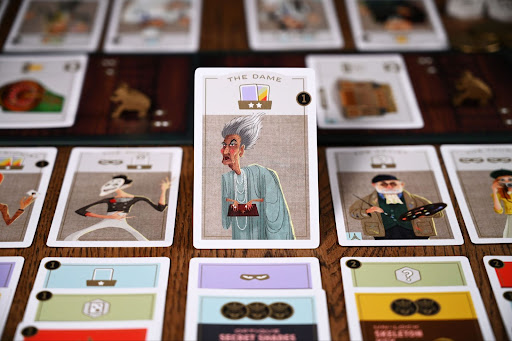
Readability is essential in every game, but it’s especially vital in a fast-playing two-player game with a lot of interaction and give-and-take. It’s best to know what the effects of a card will be without taking a million years to contemplate it. Detractors of CAPER do not like the existence of a scorepad. It’s not immediately obvious how players are doing at any given point, given players add up points from thieves, loot tokens, locations, and gear. They want their small, two-player games to have more evident winners and losers, which can be tough to figure out in CAPER. The second edition does not solve all of these shortcomings, but the track marker goes a long way towards helping players understand the impact of a potential move and clarifies the board state.
CAPER: EUROPE’s new components are likely a product of being a deluxe Kickstarter; subsequently, it’s more expensive than the original and probably a bit pricey for something that only works for two players. Many people rightfully complain about Kickstarter bloat, where additional pieces exist to look cool but detract from the playability. EUROPE is the rare example of a revamp that looks nice while adding to the quality of life of the game, and I can’t imagine ever returning to the original as a result.


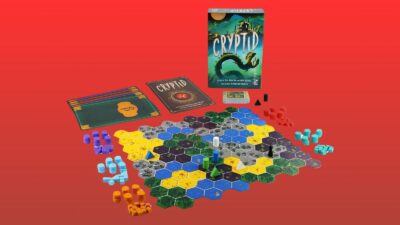

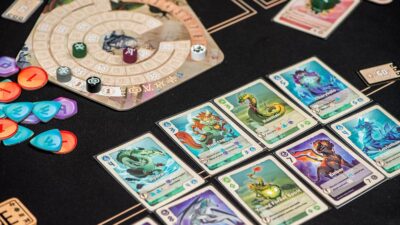

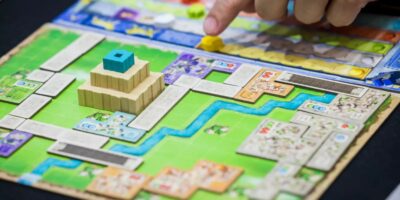
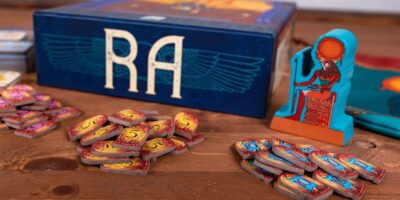
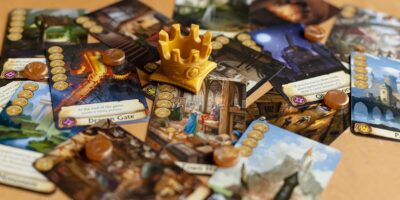







Comments